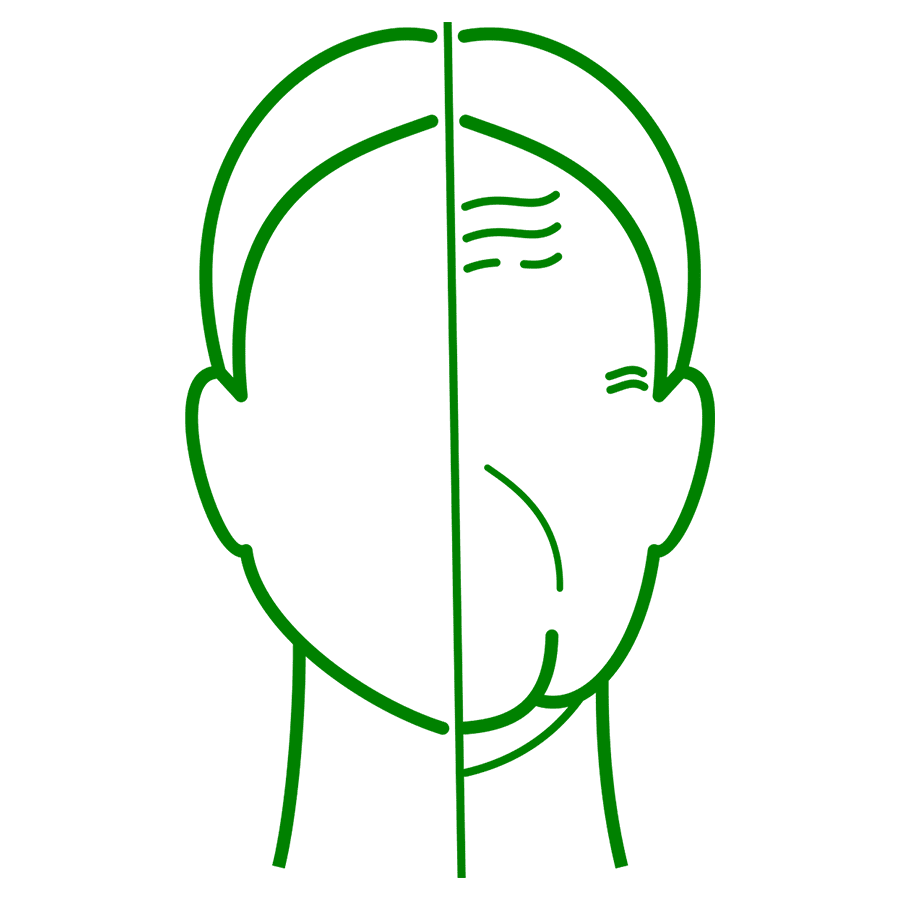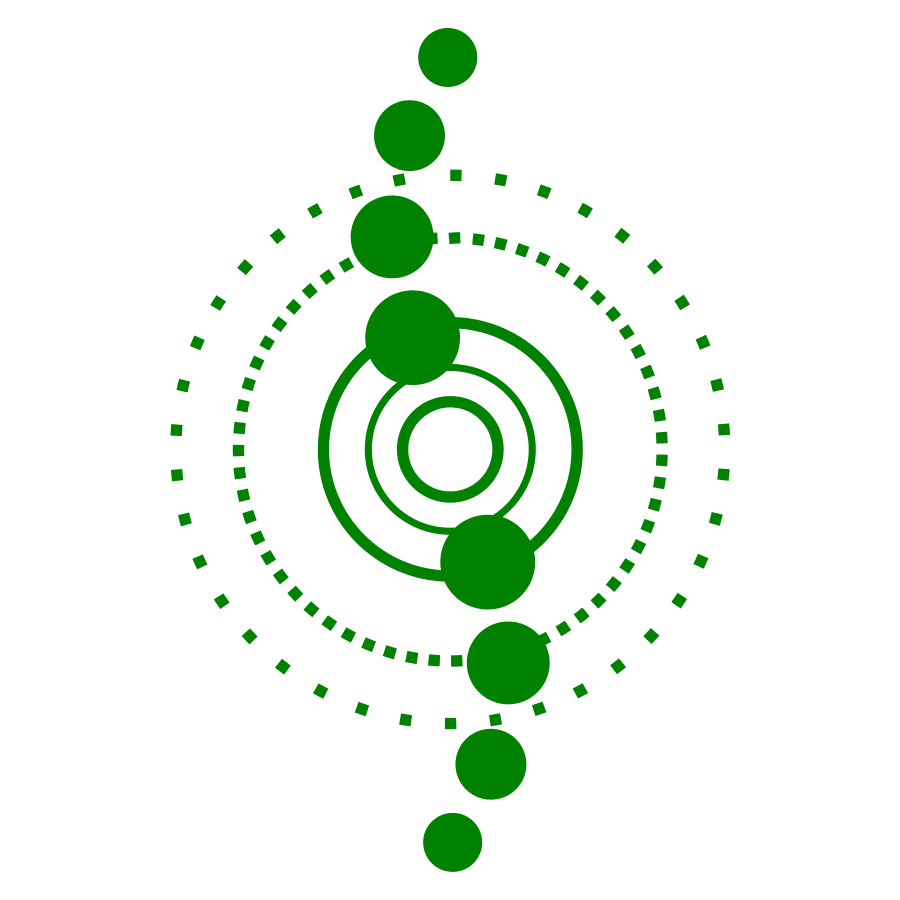Is chronic back pain holding you back from the life you want to live? Do you wonder if Regenerative Medicine can offer back pain relief? If so, you’re not alone.
An estimated 80% of Americans will have low back pain in their lifetime, and it is the number one cause of missed time at work.
In our St. Petersburg office, we have many natural and cutting-edge options to treat back pain. Contact us to be treated by a chiropractor in St. Petersburg FL.
Our doctors will take the time to develop a thorough history so they understand your back pain, its cause, any contributing factors, and its impact on your life. From there, a treatment plan is customized specifically for you, to get you back to living a pain-free life again!
Back surgery is not your only option!
Causes of Back Pain
There are many things that can cause back pain. The back pain may be mechanical in nature, meaning it is caused by an issue with the muscles, bones, joints, discs, etc. and their relationship with each other. Some examples of conditions that can cause mechanical low back pain include: Disc bulge, disc herniation, sprain, strain, vertebral misalignment, arthritis, spondylolisthesis, nerve compression, trauma, and more. Mechanical back pain will not resolve until the exact issue has bene identified and corrected.
Non-mechanical causes of back pain can include things like tumors, aneurysm, kidney stones, ovarian cysts, or infection. These are more serious and must be ruled out prior to treatment.
Regenerative Medicine for Back Pain Relief
Since many causes of back pain are due to trauma or degeneration, we know the individual tissues need to heal and repair. Regenerative Medicine offers back pain relief because it delivers healing components directly to the site, and your body coordinates the healing from there. The two most popular Regenerative Medicine treatments in our St. Petersburg office include PRP and Regenerative Cellular Therapy (mesenchymal stem cells, exosomes, etc.).
Platelet Rich Plasma (PRP): When you have an injury such as a cut, your blood brings platelets and a host of other healing substances to the area. The platelets clot so the bleeding stops. From there, you may remember seeing a yellowish fluid before a scab forms. That yellowish fluid is your plasma. We can harness the healing potential in your own blood and make it work for you very easily. We simply draw a small quantity of your blood and spin it in a centrifuge to concentrate the platelets, growth factors, cytokines, white blood cells, and more. We then inject this rich serum into the muscles of your back. This process is easily tolerated by most patients, and has little-to-no downtime.
Stem Cells for Back Pain Relief
Our own bodies contain stem cells, or “blank” cells, that can turn into different types of cells as needed. Additionally, stem cells are like little factories that produce and release hundreds of growth factors, enzymes, cytokines, and other healing substances. However, as we age, we use up our own stem cells. Furthermore, the ones we do have are the same age as we are, and do not replicate, repair, or produce as well as a young, vibrant stem cell.
Harvesting your own stem cells can be a painful process that involves anesthesia. It may take several hours, and there may be hours to days of downtime. All for a product that may – or may not – be able to do what we need it to do. For these reasons, we have chosen to ethically source the mesenchymal stem cells (MSCs) used in our practice from an FDA-registered multi-state tissue bank. We specifically use mesenchymal stem cells obtained from the Wharton’s Jelly of the umbilical cord, an area that has been found to be one of the richest sources of MSCs that we know of!
Choose How We Can Help

Chronic Health Issues
Overcome issues such as headaches, digestive problems, diabetes, fatigue, or other long-standing health concerns with nutrition, supplements, and other natural and holistic solutions.

Aging Gracefully
Reverse wrinkles, hair loss, erectile dysfunction, peripheral neuropathy, degenerative joints, and other issues associated with aging with Regenerative Cellular Therapies, PRP, Nutritional IVs, and more.

Physical Pain or Injury
Resolve acute or chronic pain with a combination of Chiropractic Care and advanced assessment and treatment techniques—such as ProTecSpine and Deep-Tissue Laser Therapy.

Recovering Lost Function
Recover your natural range of motion and flexibility with the latest techniques in Physiotherapy and Functional Movement Therapy.
Sciatica can be extremely painful, so finding the right pain relief is crucial. Some of the most
common treatments are over-the-counter medications and prescription pain relievers. These can
provide fast, short-term relief. Commonly prescribed medications include ibuprofen and naproxen
sodium. Alternatively, topical creams and gels can be applied to the affected area to block nerve
pain and relax muscles. These creams or gels begin working immediately, which can be very helpful
for relieving pain from sciatica.
Treatment driven by the condition's underlying cause
Because of the wide variety of causes for sciatica, treatment for the condition can vary. Some
patients may require aggressive treatment, while others will benefit from conservative self-care
therapies. For each individual case, the underlying cause should be determined before the
appropriate treatment is recommended.
A thorough examination and thorough health history are necessary to identify the underlying cause
for sciatica. A doctor will use this information to develop a treatment plan for the patient. Some
patients may find relief from simple at-home remedies and stretching, while others may require
steroid injections or surgery.
Sciatica is a painful condition caused by irritation to the sciatic nerve. This condition is also called a
pinched nerve or entrapment neuropathy. It typically affects the lumbar spine. Common causes
include disc tissue and other structures in the spine. However, inflammatory responses near the
sciatic nerve may also cause nerve compression and pain.
In the majority of cases, the underlying cause is a herniated disk in the lumbar spine. This condition
occurs when the soft center of a disk pushes out and causes pressure on the nerves that run along
it. This can result in pain in other parts of the body and fever. Some factors can make a person more
likely to experience persistent sciatica, including smoking, sedentary lifestyle, and poor alignment of
the spine.
Conservative treatment for sciatica is often enough to relieve symptoms. However, severe cases of
the condition may require surgical intervention. In this case, a surgeon may perform an epidural
steroid injection, which reduces inflammation around the spinal cord.
Exercise
There are several ways to get rid of sciatica pain. Exercising helps increase blood flow to the
affected area, which promotes the healing process. In addition, exercise helps the body move toxins
and inflammation away from the affected area. A good exercise regimen for sciatica involves
stretching and strengthening of the lower back, gluteus muscles, piriformis, and hamstring. Despite
these benefits, it is important to note that not all exercises are beneficial for every person suffering
from sciatica. This is because different types of sciatica affect the sciatic nerve in different ways. It is
important to avoid exercises that worsen the symptoms or cause new pain.
Gentle stretches are also beneficial for sciatica pain relief. These exercises involve bending forward
slightly and then returning to an upright position. Hold this position for twenty to thirty seconds. Then,
repeat two to three times on each leg. When doing these stretches, remember to maintain a gentle
form, and avoid bending or rotating at the torso or hips. Likewise, don't force the stretches, and stop
immediately if the muscles tense up.
Before you start any exercise regimen for sciatica, it is important to see a healthcare professional
who is well-trained to prescribe the right exercises. This is because self-treatment can lead to even
more damage to the sciatic nerve. It is also important to learn exercises for sciatica from a trained
professional and perform them as part of a structured program.
NSAIDs
In the present study, the efficacy of NSAIDs for the treatment of sciatica was assessed using
Cochrane review data. However, it should be noted that the effect of NSAIDs is not consistent in the
chronic sciatica population. One trial showed that anticonvulsants are effective in the treatment of
chronic sciatica, but there was only one trial that included more than 50 participants.
NSAIDs have numerous side effects. These drugs can be potentially harmful for some people,
including people with ulcers or other gastrointestinal problems. In addition, they may cause
drowsiness, skin rashes, and depression. For these reasons, they should only be taken as directed
by a doctor.
While NSAIDs are commonly used in primary care, their effect on sciatica is not clear. In the current
studies, they are not more effective than placebo in reducing pain and improving overall health.
However, the quality of the included trials is low and a high-quality trial is needed to prove the
efficacy of NSAIDs in treating sciatica.
The most common NSAID used in pain treatment is piroxicam. It is one of the most widely used
drugs in the world. It is used in the treatment of sciatica and LBP. It has been used for more than
100 years. Earlier, salicylic acid and phenazone were synthesized and used in medicine. Then,
phenylbutazone was discovered during World War II. Both drugs were effective for treating
inflammation and pain.
Corticosteroid injections
The injection of steroid medication into the lower spinal column has proven to be more effective than
a placebo in alleviating leg pain and disability. However, the effect was small and may not be
clinically significant. However, the procedure has many advantages.
A corticosteroid injection contains a small amount of compound called hydrocortisone. The
compound was discovered in the early 1950s and was first used in patients suffering from rheumatic
diseases. Since then, corticosteroids have become a mainstay in rheumatoid arthritis treatment. The
discovery of corticosteroids was largely due to research conducted in Italian and French hospitals.
Italian rheumatologists Robecchi and Capra hypothesized that inflammation caused sciatica and low
back pain. This hypothesis was supported by the discovery of periradicular injection of
hydrocortisone in the first sacral nerve root.
The injection is effective for people suffering from acute episodes of sciatic pain. However, patients
who suffer from chronic sciatica may need to undergo repeated injections. In such cases,
corticosteroid injections are an effective alternative to spinal surgery.
Corticosteroid injections are often used in conjunction with other treatments to alleviate the
symptoms of sciatica. The procedure can last from 15 to 30 minutes. Patients are usually able to
walk afterward. However, they may experience temporary leg weakness. In such cases, it is
important to have someone drive them home after the procedure.
Alternating heat and ice therapy
Heat and ice therapy are two effective ways to treat sciatica pain. Heat therapy helps reduce
inflammation by applying heat to the affected area. It can be applied to the back of the leg, buttock,
or lower back. Heat therapy works by relaxing the muscles and dilates blood vessels. Alternating hot
and cold treatments can provide pain relief and prevent future flare-ups.
Both methods will relieve pain and promote healing. Heat reduces inflammation, while ice relieves
muscle tension. Inflammation can cause other health problems, including type 2 diabetes,
cardiovascular disease, and cancer. Harvard Medical School has provided some tips to prevent and
reduce inflammation. While ice therapy may relieve pain, it can also damage nerves. To avoid injury,
it is best to avoid ice therapy for more than 20 minutes per session and alternate heat and ice
treatment for at least four days a week.
A hot pack should be applied to the affected area for about 15 minutes a day. It should be covered
with a cloth before applying it to the skin. Ideally, people with sciatica should alternate between hot
and cold therapy as often as possible. This will reduce the swelling and inflammation and prevent
the affected area from getting worse.
Heat is effective in relieving pain caused by a herniated disc. It can also help to stretch and
strengthen muscles in the low back. The back muscles play a key role in maintaining spinal
alignment, so building muscles can help prevent sciatic pain. In addition to applying heat before
massage, ice can reduce sciatica pain by relaxing the muscles.
Trigger-point therapy
Trigger-point therapy is a new way of treating sciatic pain. It uses pressure on certain trigger points
in the body to relax and soothe them. These trigger points are typically caused by an injury or by a
condition that needs rehabilitation. Trigger-point injections usually last for a few minutes or seconds
and must be followed by stretching exercises and physical therapy. These injections are generally
done twice weekly for up to four weeks. Some people may need to be treated monthly or even more
frequently. A good pain management clinic will be able to create a treatment plan for you based on
your specific needs and goals.
Trigger-point therapy is a very effective method of treatment. Typically, it involves injection of a
mixture of cortisone and local anesthetic into a trigger point to reduce pain and improve range of
motion. Trigger point therapy can also involve treating multiple trigger points at one time.
Trigger-point therapy has been used successfully for a number of conditions, including muscle pain,
tension headaches, and myofascial pain. Trigger point injections can help reduce pain and
inflammation while giving the body a chance to repair and rebuild itself. Trigger-point therapy works
by breaking the tension in the muscles, which in turn helps relieve pain.
Trigger-point therapy is also a very effective pain relief for sciatica. Using pressure to the trigger
point can reduce sciatic nerve tension and help with pain relief. It is better to apply pressure on the
area than to rub it, as rubbing will irritate the area and increase the pain. A foam roller, lacrosse ball,
or massage therapy ball can be used to access the trigger point.
